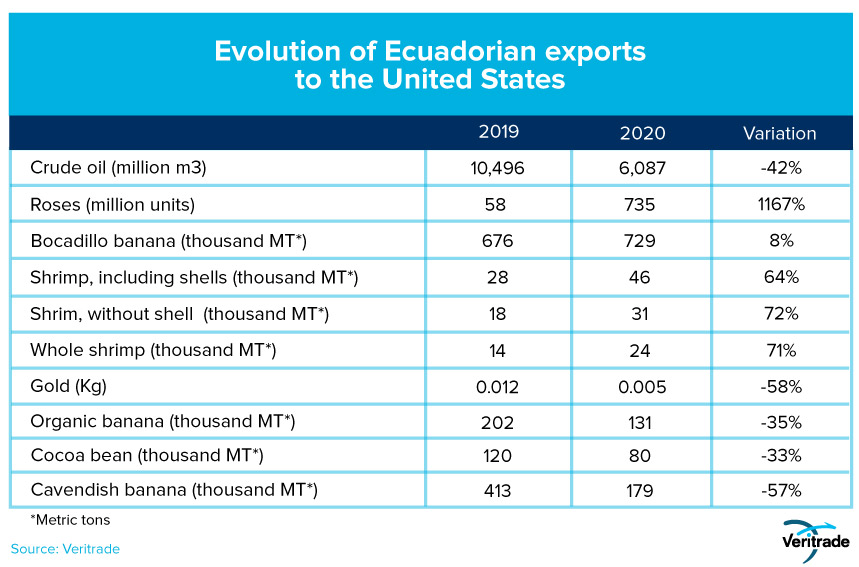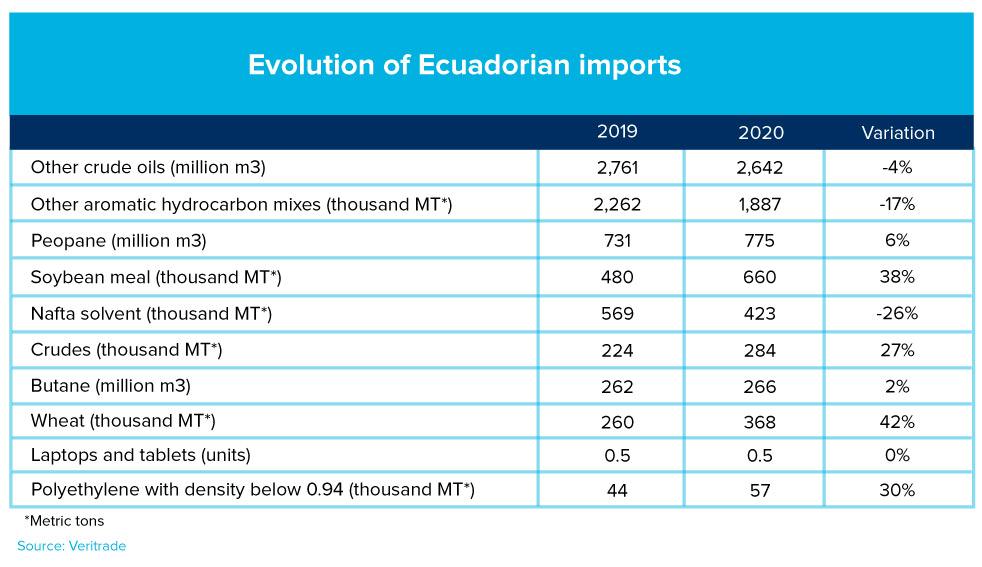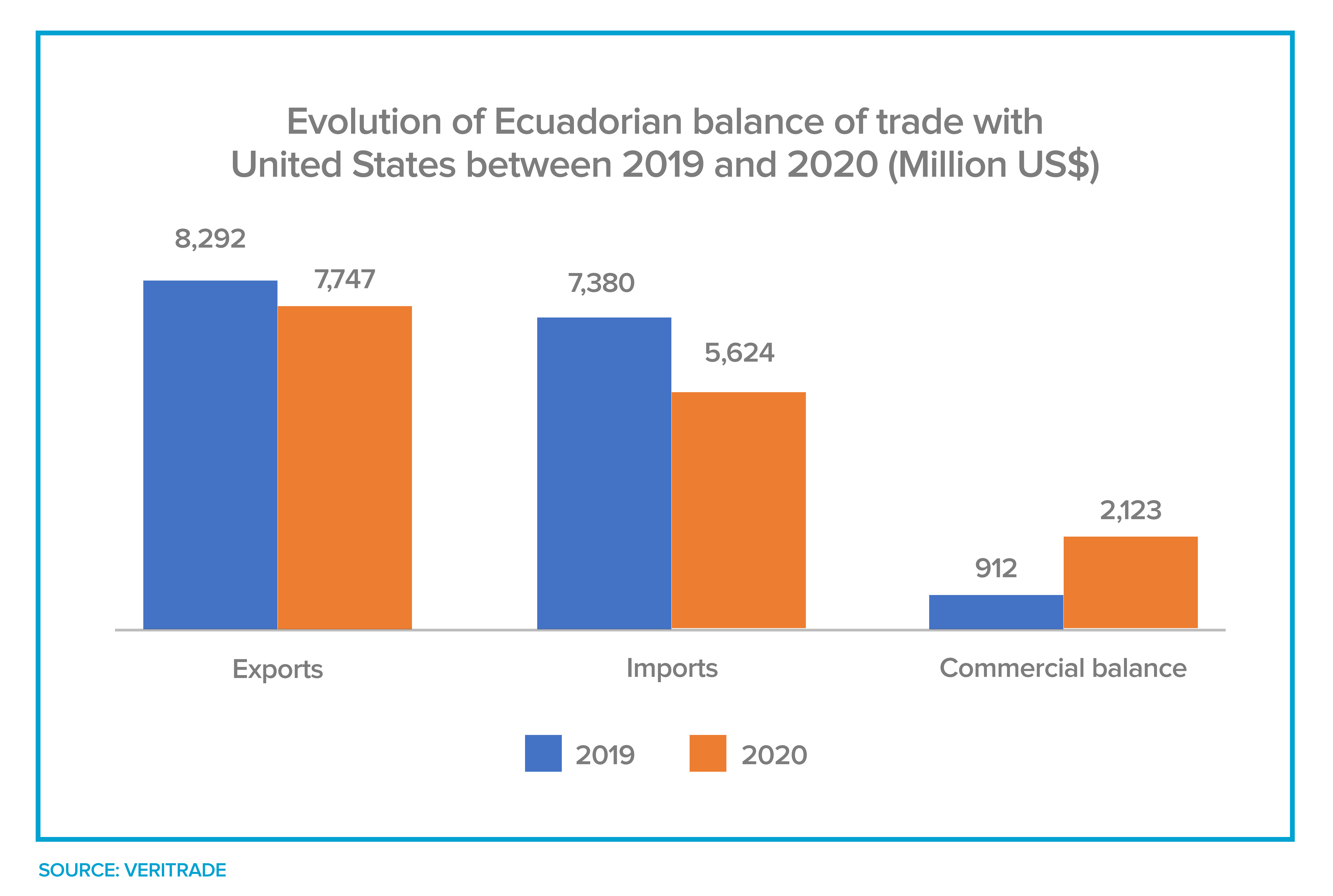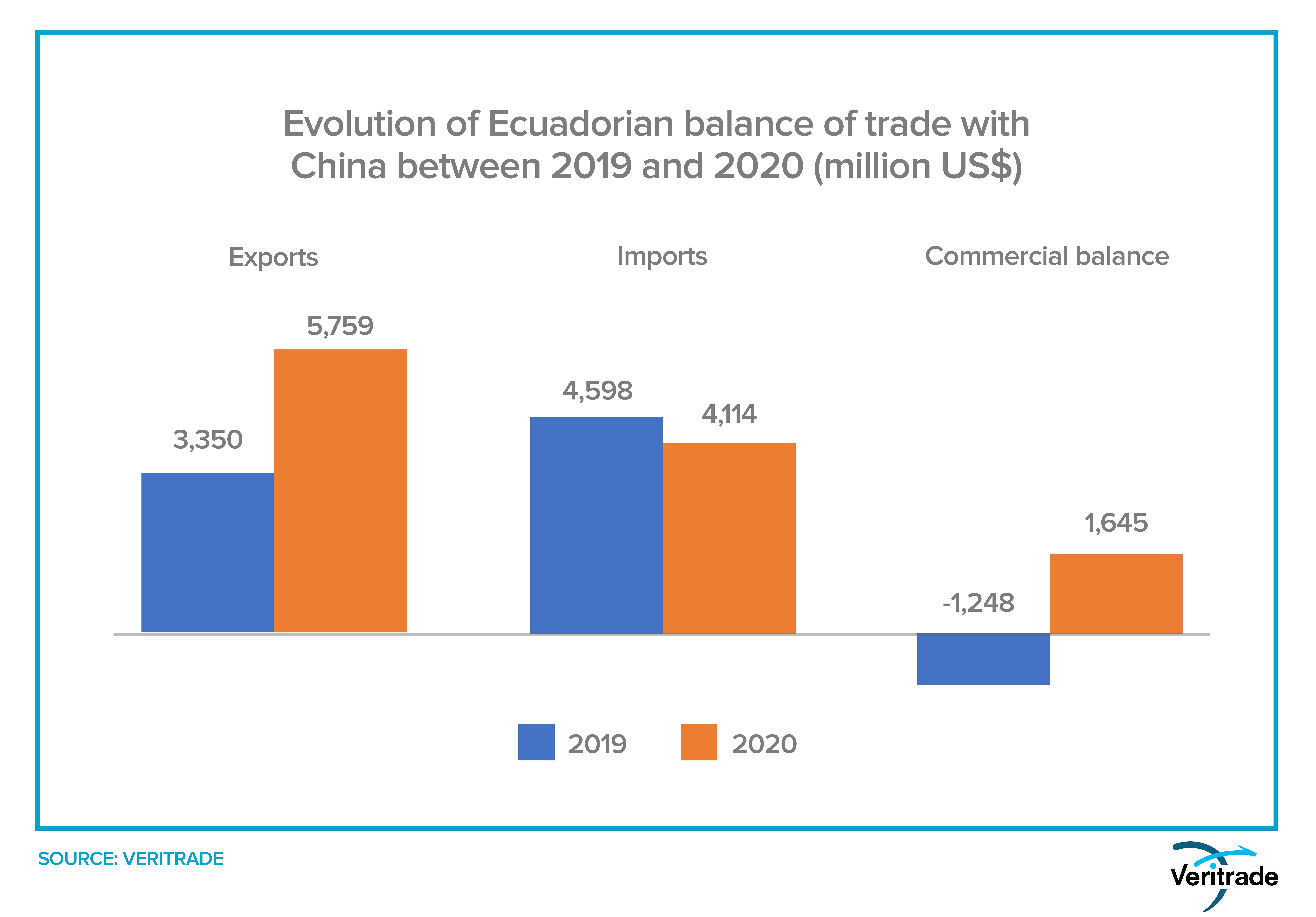What’s ahead For Ecuador’s Economy In 2021?
Published on 19 February 2021
After drops in exports and, above all, consumption, the Ecuadorian economy will return to growth in 2021. The performance of the external front allows us to understand how this evolution will take place.
Each country has a different economic structure. Consequently, reactions to the evolution of the international economy are different. In the case of Ecuador, the sensitivity is greater in the case of its usual condition of being a net oil exporter.
Only Mexico, Venezuela and Brazil have this status in Latin America. The rest of the countries export oil of lower value due to its high density. And in fact, in the Ecuadorian case, this type of oil is shipped as well as lighter oil, but the volume is high enough so that exports exceed imports and Ecuador is considered an oil producing country.
For this reason, one of the most important variables for the performance of the Ecuadorian economy is the price of oil. The barrel went from being quoted in a range between US$ 50 and US$ 60 in 2019, to one between US$ 30 and US$ 40 in 2020, while this year it's already around US$ 60 and the price could be maintained if speculation about lower productions continues.
The following table shows the composition of the Ecuadorian export portfolio to the United States according to units exported between 2019 and 2020. This country is taken as a representative sample: in general, the ratio of exported products is maintained in other destinations. The only difference with China, its second most important destination, is that the Asian country imports industrial metals such as copper, and brings inputs as raw materials such as concentrates to supply its refineries. In addition, it should be noted that only some countries have sufficient refining capacity to import hydrocarbons in large quantities.

Finally, it is important to note that 2020 was a bad year for Ecuadorian oil exports. The breakdown of the country's two pipelines, the Heavy Crude Oil Pipeline and the Trans Ecuadorian Oil Pipeline System (SOTE) paralyzed pumping and exports for several weeks. The consequent drop is notorious.
Imports as an indicator of consumption
A primary look at the impact of imports suggests that they reduce a country's GDP by being accounted for as a subtraction in the trade balance. However, the increase in imports is also an indicator of consumption and investment.
Indeed, businesses depend on imports of capital goods that are not produced in the country, or that can be obtained abroad at lower prices and better quality. In the case of Ecuador, hydrocarbons complementary to its heavy oil production are crucial for the operation of its refineries, while other chemical inputs and machinery can be used in other industries.
Meanwhile, technology products are also dependent on U.S. brands. For this reason, any increase in U.S. computer imports signals an improvement in domestic demand. Both consumers and businesses are representative buyers.
The following table shows the number of units of the main products imported from the United States between 2019 and 2020, again taken as a reference for the portfolio of the other countries.

Trade balance
The absolute performance of the Ecuadorian external front has been a mixture of lower hydrocarbon prices and lower consumption. The Ecuadorian economy contracted 8.9% in 2020, which implied a lower purchasing power on the part of families and a lower investment capacity on the part of companies.
But the importance of non-oil exports should not be overlooked either. Agricultural, floricultural and aquaculture products have had a positive performance, and indicate the resilience of the Ecuadorian economy in the face of global economic crises.
The following tables show the evolution of Ecuador's trade balance with the United States and China, the South American country's two main trading partners. As can be seen, the trade balance had already recovered despite the problems with hydrocarbons.


The road is marked
Everything indicates that the growth forecast for the Ecuadorian economy for 2021, estimated at 3.1% by the Central Bank of Ecuador, could materialize. The price of oil could remain in the current range if the prospects of lower production continue and can be taken advantage of in a year without fortuitous interruptions in production.
Meanwhile, the recovery of the global economy due to the gradual overcoming of the COVID-19 pandemic should lead to increased demand for non-oil products. In contrast, the uncertainty lies in how domestic demand will perform in response to investment, in consumer confidence and in the efficiency of the government in enabling the latter to increase.
For more information on Ecuador's foreign trade, please visit Veritrade's website.
Request your free trial at https://bit.ly/3k40PGA